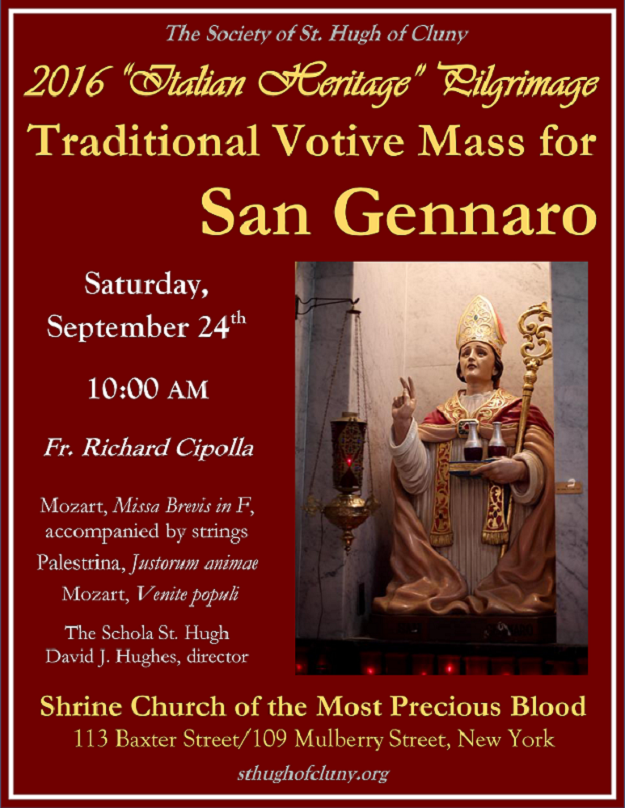Text from The Saint Andrew Daily Missal,
unless stated otherwise.
Ember Saturday in September.
Station at Saint Peter's.
Violet Vestments.
Iona Abbey,
Scotland.
Image: SHUTTERSTOCK
On the fifteenth day of the seventh month of the year, the Jews used to celebrate, at the conclusion of the harvest, The Feast of Tabernacles, and lived during eight days under tents, or huts made of foliage, in remembrance of the nomadic life of the Israelites in the desert (Second Lesson).
This Feast was preceded, on the tenth of the month, by the very solemn Day of Expiation, called Holy (First Lesson). On this day, the High Priest purified himself in the basin which stood before the Sanctuary *, then, taking the blood of the victims, he entered The Holy of Holies and Prayed near The Mercy-Seat (Epistle). [* The Holy Water Stoups in our Churches recall this basin, known as "The Brazen Sea".]
The Saturday in The September Ember Week, formerly the seventh month of the year, recalls this Feast, both of Penance and Joy.
The Prophets, Micheas, Zacharias, and Daniel, whose writings were read through during the night, or Vigil, preceding the Sunday *, speak in similar terms of the Salvation brought by God to those who atone for their sins and implore His protection amid the dangers that threaten them. [* Formerly, Mass was not said on Saturday morning; but, after a night passed in Prayer and reading the Scriptures, The Holy Sacrifice was offered at dawn. Hence the large number of Collects and Lessons which characterise The Mass of The Saturday in Ember Week.]
The Epistle shows the new alliance which Jesus Christ has established between our repentant Souls and God, by offering to Him, in the real Holy of Holies, which is Heaven, The Blood which He shed upon The Cross to atone for our sins.
In the same way that Jesus delivered the woman whom Satan had bound for eighteen years, and like the gardener mentioned in the Gospel, the Priests heal our Souls, and, by their Prayers and their untiring zeal, ward off from Souls the rigours of Divine Justice, making them produce the sweet fruits of Penance and good works; this Mass is, therefore, eminently suited for an Ordination.
After the Kyrie, The Tonsure is conferred; after The First Lesson are Ordained The Door-Keepers; after The Second Lesson are Ordained The Readers; after The Third Lesson are Ordained The Exorcists; after The Fourth Lesson are Ordained The Acolytes; after The Fifth Lesson are Ordained The Sub-Deacons; after the Epistle are Ordained The Deacons, and, before the last verse of The Tract, are Ordained The Priests.
Mass: Venite, adorémus.

THE SAINT ANDREW DAILY MISSAL

THE SAINT ANDREW DAILY MISSAL
Available (in U.K.) from
Available (in U.S.A.) from

























